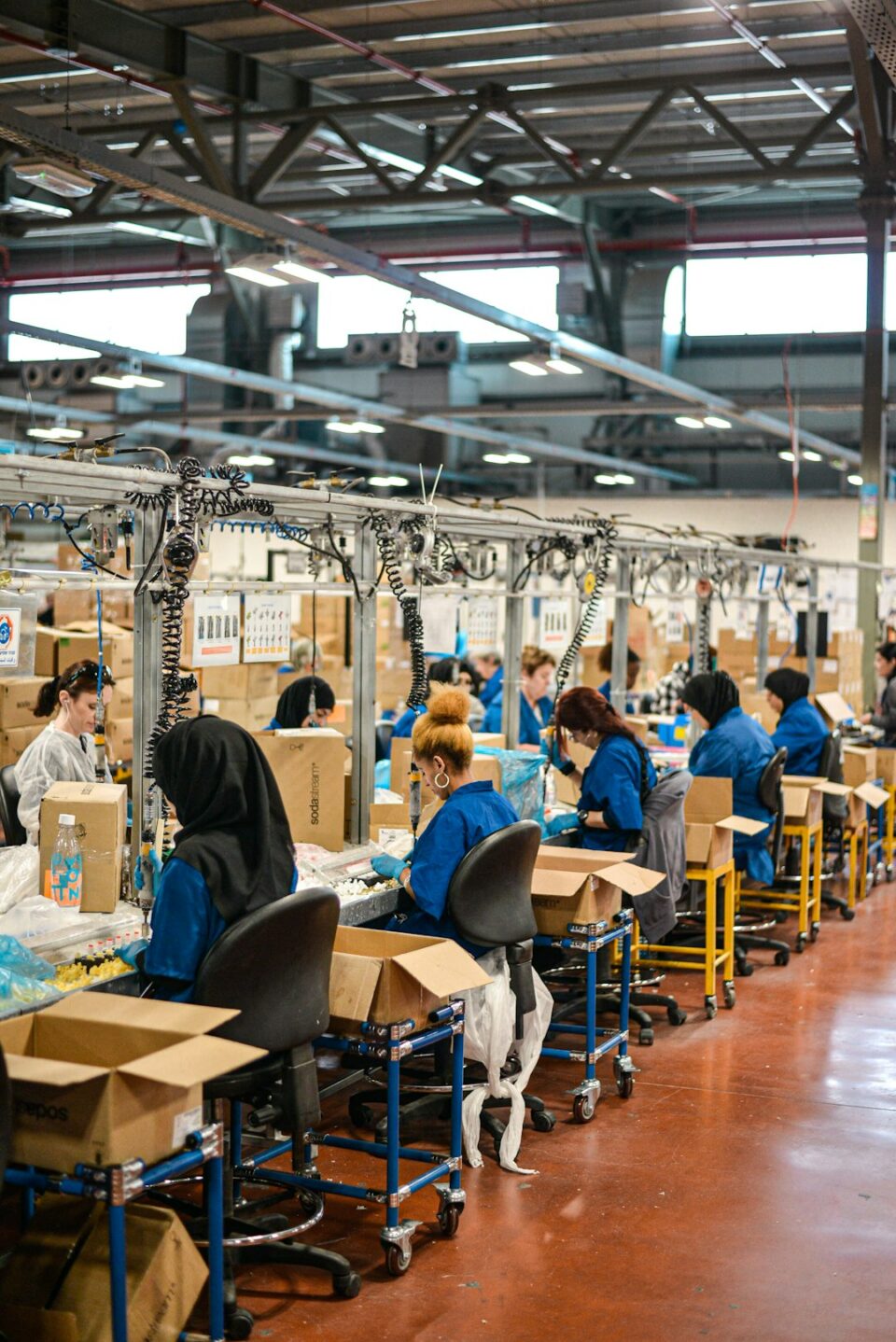The Internet of Things (IoT) has revolutionized the way we live and work, and its impact on the manufacturing industry is no exception. By incorporating IoT technology into manufacturing processes, companies are able to streamline operations, increase efficiency, and reduce costs. In this blog post, we will explore the benefits of incorporating IoT in manufacturing processes and discuss how companies can leverage this technology to stay ahead of the competition.
One of the key benefits of incorporating IoT in manufacturing processes is increased operational efficiency. By connecting machines, devices, and sensors to a central network, companies are able to collect real-time data on the status of their equipment and production processes. This allows them to identify and address issues quickly, minimizing downtime and maximizing productivity. For example, sensors attached to manufacturing equipment can track performance metrics such as temperature, pressure, and speed, alerting operators to any abnormalities or potential failures before they occur.
Additionally, IoT technology enables companies to optimize their supply chain and inventory management processes. By tracking the movement of raw materials, work-in-progress inventory, and finished goods in real-time, companies can reduce stockouts, improve forecasting accuracy, and minimize waste. This not only helps companies save money on inventory carrying costs but also ensures that they are able to fulfill orders on time and keep customers satisfied.
Another advantage of incorporating IoT in manufacturing processes is the ability to enable predictive maintenance. By analyzing data collected from sensors and connected devices, companies can identify patterns and trends that indicate when equipment is likely to fail. This allows them to schedule maintenance proactively, rather than reactively, minimizing unplanned downtime and extending the lifespan of their equipment. In the long run, predictive maintenance can result in significant cost savings and improved overall equipment effectiveness (OEE).
Moreover, IoT technology can also improve quality control and product traceability in manufacturing processes. By capturing detailed data on each step of the production process, companies can ensure that products meet quality standards and comply with regulatory requirements. This level of transparency also allows companies to trace the origin of components and materials used in their products, making it easier to respond to recalls or quality issues. Additionally, IoT technology can enable companies to implement smart packaging and labeling solutions that provide customers with real-time information about a product’s origin, ingredients, and expiration date.
Incorporating IoT in manufacturing processes also opens up new opportunities for innovation and product development. By collecting and analyzing data from connected devices, companies can gain valuable insights into customer preferences, market trends, and product performance. This data can be used to optimize existing products, develop new offerings, and create personalized experiences for customers. For example, by incorporating IoT sensors into a product, companies can track how customers use it in real-world environments and tailor future iterations to better meet their needs.
Despite the numerous benefits of incorporating IoT in manufacturing processes, there are also challenges and potential risks to consider. One of the biggest concerns is data security and privacy. As companies collect and store increasing amounts of sensitive data from connected devices, they must ensure that this information is protected from cyber threats and unauthorized access. Implementing robust security measures, such as encryption, access controls, and regular security audits, is crucial to safeguarding confidential information and maintaining the trust of customers.
Additionally, integrating IoT technology into existing manufacturing processes can be complex and time-consuming. Companies may need to invest in new hardware, software, and training to fully leverage the capabilities of IoT technology. They must also ensure that their systems are compatible with each other and able to communicate effectively across different devices and platforms. Working with trusted partners and consultants who have experience in IoT implementation can help companies navigate these challenges and maximize the value of their investment.
In conclusion, incorporating IoT in manufacturing processes offers numerous benefits to companies looking to improve operational efficiency, optimize supply chain management, enable predictive maintenance, enhance quality control, and drive innovation. By leveraging IoT technology, companies can gain a competitive edge in the market and position themselves for long-term success. While there are challenges and risks associated with implementing IoT, the potential rewards far outweigh the costs. As the manufacturing industry continues to evolve, companies that embrace IoT technology will be better positioned to adapt to changing market demands and capitalize on new opportunities for growth.


